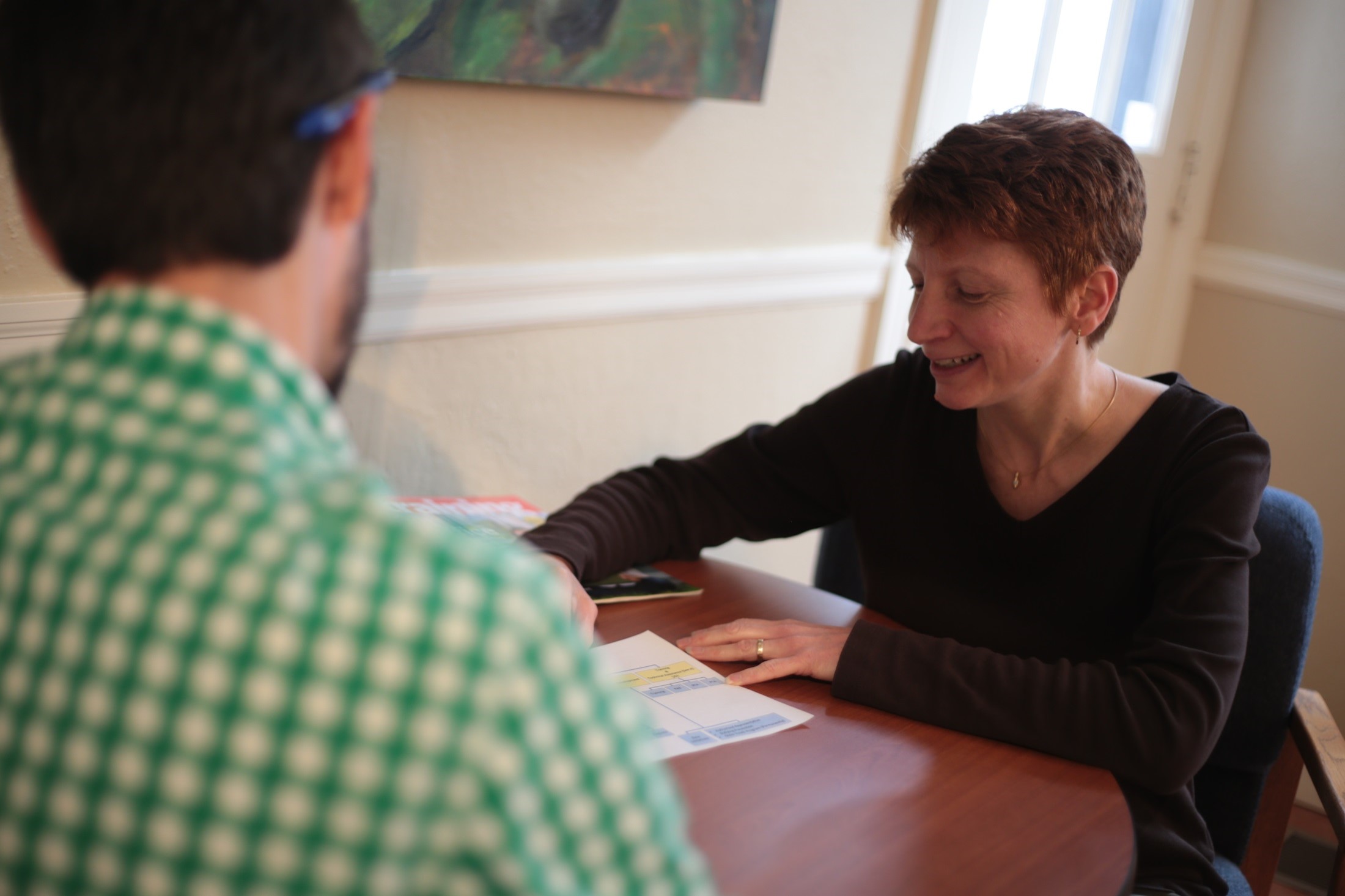When strategy, learning, and culture align, great things can happen to an organization’s outcomes. If there’s a strategic opportunity on the horizon, we can help you maximize how to involve your people at every level–individuals, teams and everyone in the organization–to capitalize on that opportunity. When your people experience a culture of engagement, innovation, and trust, they will have the courage to try, fail, yet ultimately succeed.


Design Thinking in Organization Development
We take a simple, practical approach to our work with clients. At the core is Design Thinking, with the individual at the center of learning, development, and change initiatives.
- Empathize – The critical first step is understanding–empathizing–with the individual. What are their needs, problems, insights, and challenges?
- Define – Next, we document what we feel the individual’s experience is like whether they are in a position of strength, face challenges or have opportunities.
- Ideate – Then, we brainstorm potential solutions to redefine the individual’s experience. How can these be approached creatively and differently, in ways that defy the usual patterns of behavior that hold people back?
- Prototype – Then, we build the new experience. How can we test these ideas, explore them in action?
- Test – Finally, we test out the experience. It’s an iterative process, which means the emphasis is not on getting it right the first time, but on challenging assumptions, trying new ways, and testing the solutions to make sure they really work.
Needs Assessment
Since everything we do centers around the individual, it is critical that we start with the people and understand their needs to better empathize with them. We can do that in a number of ways. Here are a few that we commonly use.
Surveys
The best way to find out what’s on people’s minds is to ask them. Asking the right questions is the foundation of our approach to surveys, whether in determining opportunities, identifying concerns, gauging customer satisfaction, or understanding the climate or culture of an organization. We start by focusing on the intended outcomes and design the survey accordingly. We then make sure that all response data is analyzed with the appropriate statistical approach, presented in easy-to-read charts and graphs, and delivered as useful information for decision-making and action.
Focus Groups
We use focus groups to explore diverse perspectives and gain insight on possible courses of action. Objectivity is essential in these circumstances, as the facilitator must never insert personal opinions or lead participants in a particular direction. Done right, focus groups can provide invaluable data to help shape strategy, tailor programs, and establish an effective communications initiative.

